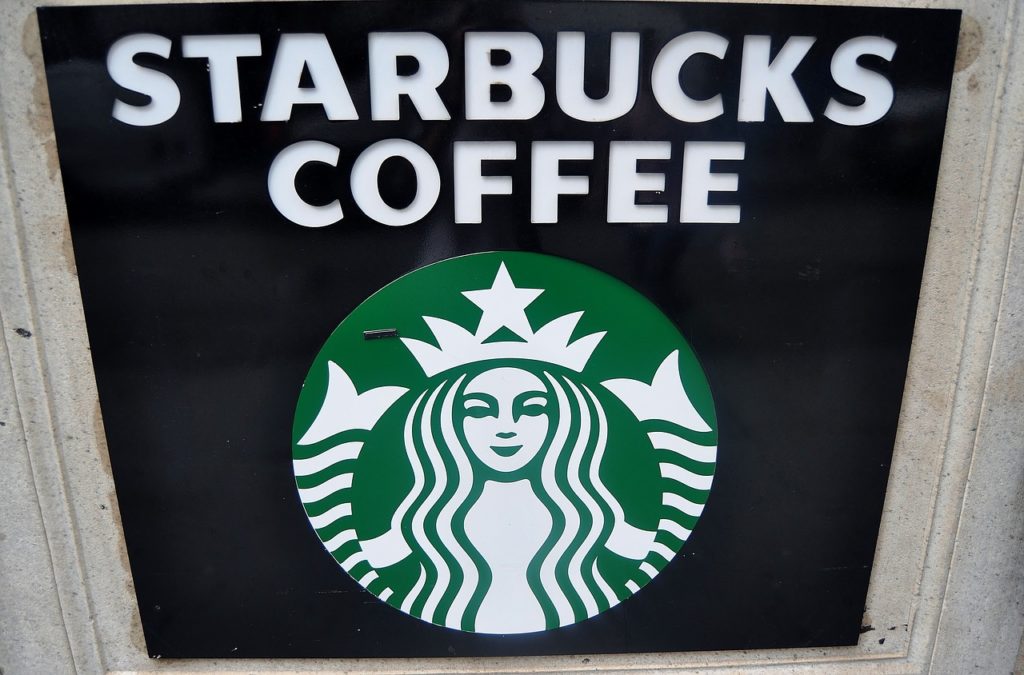Starbucks is quite possibly one of the most successful coffee chains in the entire world, kick-starting the concept of a coffee shop becoming a franchise.
But let me save you some time: No, you cannot franchise a Starbucks. Here’s why.
Starbucks Does NOT Franchise
The Seattle-based company has made its position very clear: Starbucks has never franchised, it isn’t franchising, and it is not interested in franchising in the future. Every single Starbucks in the country (that’s 15,341 locations as of June of 2020) is owned, operated, managed, and barista’d by the Starbucks corporation (SBUX on NASDAQ).
They have good reasons for keeping the business within the family, so to speak. Starbucks is very particular about its corporate identity and it honors its values in every location they have by giving their customers the full ‘Starbucks’ experience. Beyond its innovative frappes and lattes, it’s this completely personalized customer service that has made Starbucks a national institution.

Which is why it doesn’t want to franchise: while there are thousands of reliable and competent franchisers out there, it only takes one bad egg to stain the Starbucks reputation. After all, the worked so hard to convince people that their products are an indulgence worth having. It’s a risk they’re simply not willing to take.
Even in its international locations, Starbucks prefers to deal with companies that they can have equal stock in, just so they can monitor very closely just how that particular location operates and behaves.
So, What are My Options?
But if you’re dead-set on owning a Starbucks, there is only one way you can do it: become a Licensed Partner. The differences between franchising and licensing can be pretty technical, but basically, it boils down to how much control the parent corporation has over the location. It has more control over the overall operations of a licensed store than it does with a franchise, which is why Starbucks prefers licensing stores over selling franchises.
Opening a Starbucks Licensed Store is a good opportunity to dip your hands in that coffee chain money, especially since that’s the only way you can do it. Of the more than 15,000 Starbucks locations in the United States, more than 40% of those are licensed stores. This is an easier way for Starbucks to expand their operations without exactly relinquishing control: they contact people with attractive locations (i.e. airport stalls, malls, outside of schools, etc.) and offer them a chance to become a Starbucks licensed store.
Why Exactly Doesn’t Starbucks Franchise?
Like what we mentioned earlier, Starbucks has plenty of reasons why they prefer not to franchise, but all those reasons can probably be condensed into three main factors:
Starbucks Wants a Consistent Company Culture Across All Stores
The basis of Starbucks’ success lies in how they treat their customers; that is, Starbucks became known for catering for every coffee-related problem they could have. You could even say that Starbucks is known for going out of their way to ensure that their customers have the best shopping experience possible.

Without this focus on customer service, Starbucks would never have risen to the top of the coffee chain industry, and it is a value and image that they highly value and that is the foundation of their corporate operations. Even with international partners, Starbucks retains a majority stake just so they can handle every customer relationship issue that might arise in that country.
It sounds like Starbucks has control issues, but it’s actually one of the main reasons why it’s been able to expand the way it is and how it’s become a household name both here and around the world. They focused on keeping their values and staying consistent, not just expanding as much as possible.
This is one of the best and most underrated business development tips, but it’s actually better to focus on who you are as a business than focus too much on making money fast.
Starbucks prefers licensed stores because it’s more efficient
In the food industry, the higher the EBITDA (that is, earnings before taxes, depreciation and amortization), the higher the profit. In the coffee shop industry, Starbucks consistently generates more EBITDA than its competitors, thanks to their move away from the franchise model.
And it makes sense: By retaining greater corporate control, Starbucks can keep operations lean and efficient, thereby maximizing gross margins and minimizing unnecessary purchases. Because all Starbucks locations follow the same rules, regulations, and best practices (not to mention a uniform employee training program and standardized equipment and recipes), the corporation can keep a close eye on how much money is spent and can count on a regular amount. receipts of money.
The current Starbuck model is capital intensive
Generally, franchises get most of their income from the royalties and franchise fees they receive from their franchisees: the more franchisees a company has, the more revenue it can generate. However, Starbucks is not franchised, but it still earns more revenue than most of its competitors. How do they do it from a business standpoint, and how did they avoid common fundraising mistakes from the start??

A key driver of Starbucks’ profitability is the price of raw materials for its products. Starbuck’s overall profit margin is heavily affected by fluctuations in the price of raw coffee beans, not to mention the cost of acquiring and managing human resources. This is risky, of course: if westcoastsupply.net prices go up, Starbucks costs go up and their EBITDA goes down.
However, the opposite is also true, which is why Starbucks is very active in making sure their entire supply chain is ethically sourced: ethically sourced coffee is slightly more expensive, but prices remain more stable. It also looks good for CSR Starbucks.
This allows Starbucks to have more precise control over its finances, which in turn makes overall management more efficient, which again, in turn, keeps profit margins healthy and prosperous. By investing heavily in making excellent customer service synonymous with corporate image and branding, Starbucks has been able to expand without relying on a franchise model. It was a very risky move, but in the long run it proved to be profitable.





